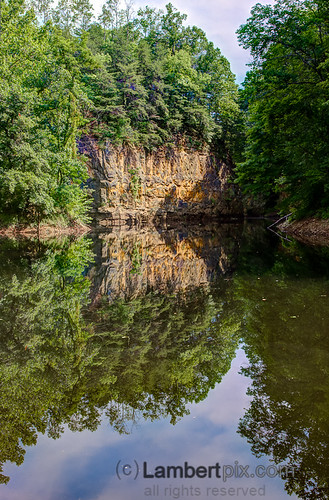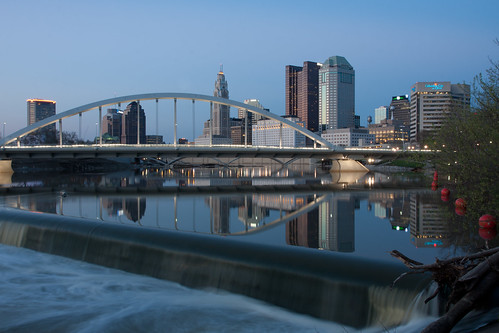I've always had a problem getting exposure right with shots of the outdoors. I always seem to need to do manipulation which ends up in noisy photos.
I know HDR would sort it out, but I'm using a Canon 5D mk1 and it's a pain to use multiple shots for later combining, as it always needs a tripod. What am I doing wrong? Shadows and highlights seem just too much for it too handle, but the 5D has a good reputation so I must be doing something wrong. I want to end up with a pro photo that has the full resolution of the original shot, but the picture below shows what most of my shots end up like. (I always take raw shots). All advice welcome
Cheers
Click here for full resolution

Notice that the sky and the grass are very grainy after manipulation (increasing colour saturation, and adjust curves to lighten the greenery and darken the sky) (I used a circular polariser which wasn't enough)
Answer
Pay attention to lighting and dynamic range. Daytime landscape shots, in my experience, can often have a huge dynamic range (light-to-dark), which means that no matter which part of the landscape you meter, you'll under-expose part of it and/or over-expose another. (this is why HDR helps in some cases). Note that even HDR won't make up for really harsh light entirely, because harsh sunlight also washes out color and produces really stark shadows.
Here's an example where HDR helped, but couldn't really rescue my photo from harsh lighting. This is a three-shot bracket, tripod-mounted, processed in Photomatix. I can update later with the middle exposure to show the (considerable, IMO) improvement that I got by merging three shots, but for now, notice that despite the use of HDR, there's still a "flatness" and glare to the shot. I might have seen more improvement with more shots (and thus, a wider bracket), or a CPL or GND filter, but my point is that when you're shooting in this sort of light, you're always working to "rescue" a shot from this harsh lighting.
By contrast, shooting under less direct light should let you capture a scene effectively with a single exposure -- especially with your 5D, which has a much higher dynamic range than the P&S I used for the photo below.

Finally, I'd suggest getting good and comfortable with your tripod, because even if it's a bit of a pain, you'll find it a great aid in any sort of landscape photography. Not only does it help you steady your composition and plan your shot a bit (which is a good thing), it'll also make it a snap to shoot brackets for HDR shots (using ghost removal, you might even be able to erase tourists from a shot like your example), and when the light grows even more dim, you'll definitely want your tripod to grab longer exposures:


No comments:
Post a Comment